- Books Name
- Class-8 Science Book
- Publication
- PathSet Publications
- Course
- CBSE Class 8
- Subject
- Science
AMPLITUDE, TIME PERIOD AND FREQUENCY OF A VIBRATION
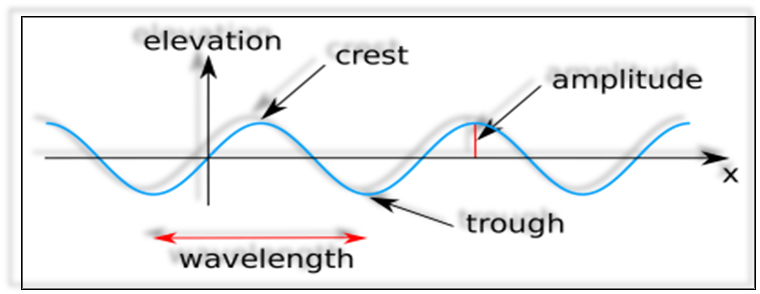
- The to and fro motion of an object is also known as oscillatory motion.
- When a pebble is dropped in pond water, it produces ripples in water. The ripple is called a wave.
- Sound travels producing similar waves.
Amplitude and frequency are two important characters of sound.
Sounds produced by the different objects are differentiated by the amplitude and frequency of sound.
Frequency: The number of oscillations per second is called the frequency of oscillation. Frequency is expressed in hertz.
Amplitude: The distance from normal to the peak is called amplitude. Since sound travels in the form of waves, the sound has amplitude.
Time period: The time required to produce one complete oscillation is called the time period.
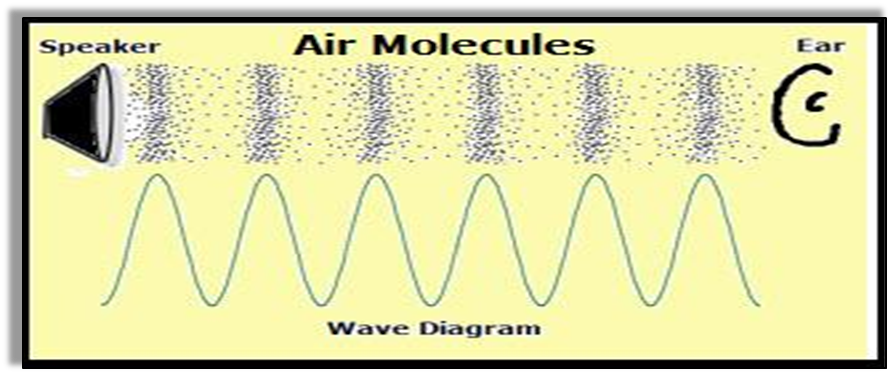
Oscillatory motion - When an object travels in a ‘to and fro’ motion, that is, when an object vibrates it is said to have an oscillatory motion.
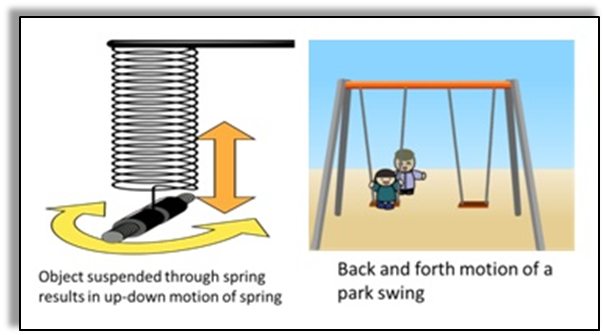
- An oscillation is said to be the movement of the object from one point to another in a periodic time.
- One oscillation is said to be the movement between the two endpoints or extreme points of the motion of the object.
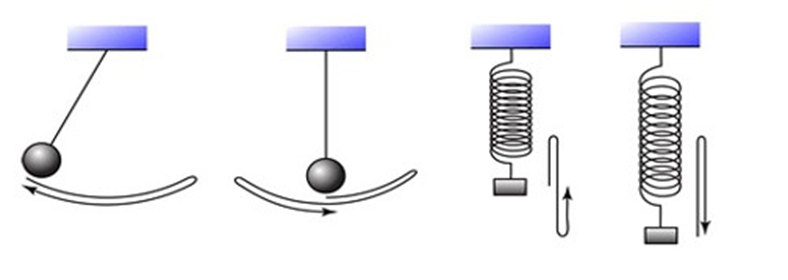
The number of oscillations an object takes per second is called its frequency.
The SI unit of frequency is Hertz (Hz).
1 Hz = 1 oscillation per second
20 Hz = 20 oscillations per second

Time Period - The time taken for one complete oscillation of a sound wave is called the time period of the sound wave.
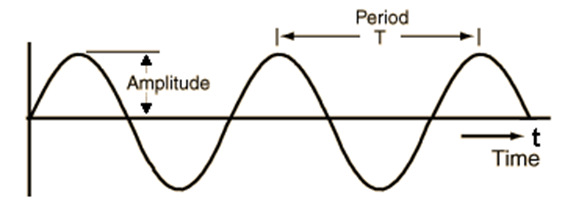
- The number of molecules that a sound wave displaces from the mean position creates the amplitude of the sound wave.
- The amplitude of a sound wave can be defined as the maximum displacement of the particles from their mean position due to the vibrations.
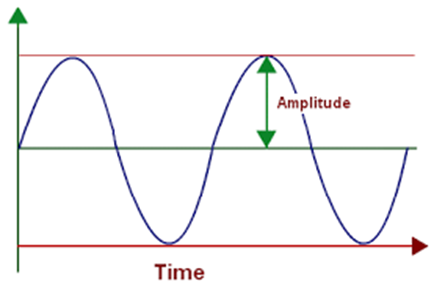
SHRILLNESS OR PITCH
- Frequency determines the shrillness and pitch of the sound.
- Sound with greater frequency is shriller and has a higher pitch. Sound with lower frequency is less shrill and of lower pitch.
Pitch of the sound
- Every person has a different sound quality.
- Also, every musical instrument vibrates to produce a different kind of sound. This quality of sound is characterized by its Different quality of sounds that may have the same pitch and loudness.
- The pitch of a sound depends upon the frequency of the sound wave.
- The pitch would be higher if the frequency of the sound is high.
Different organisms and objects have different types of sound because of varied pitch:
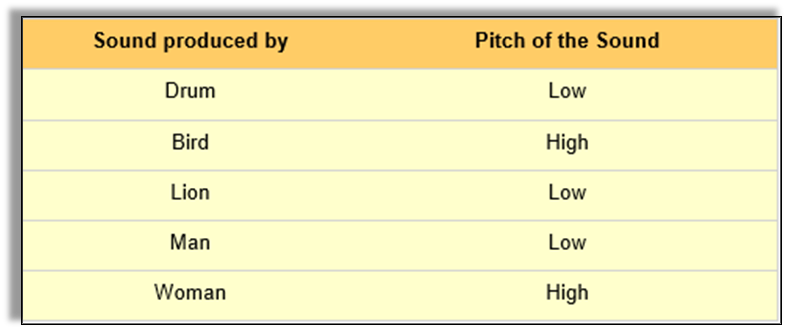
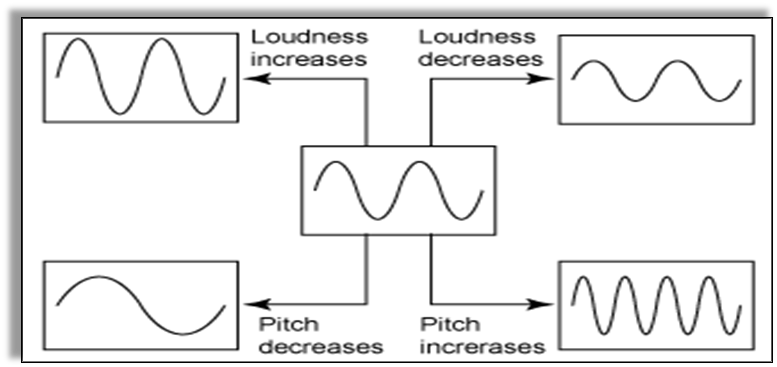
LOUDNESS
- The loudness of sound depends on the amplitude of the sound wave.
- When the amplitude is large, the sound produced is loud.
- The loudness of sound is measured in decibel (dB).
The Loudness of a Sound
- The loudness of a sound depends upon the amplitude of the sound.
- The higher the amplitude, the higher is the displacement of the particles and the higher is the loudness of the sound.
- The loudness of the sound is directly proportional to the square of its amplitude.
- The SI unit for measuring the loudness of a sound in decibels (dB).

 PathSet Publications
PathSet Publications
